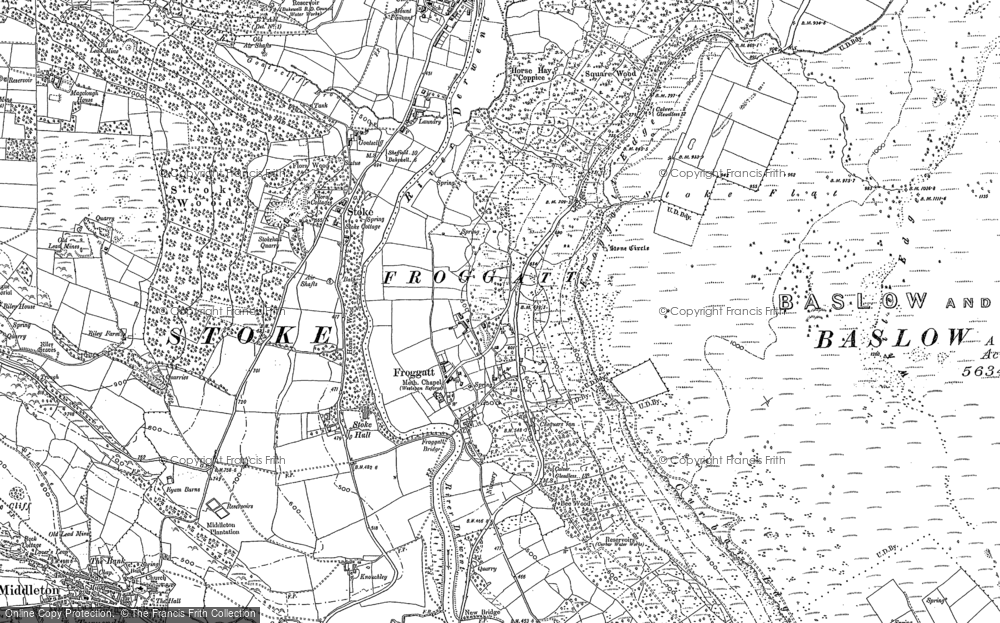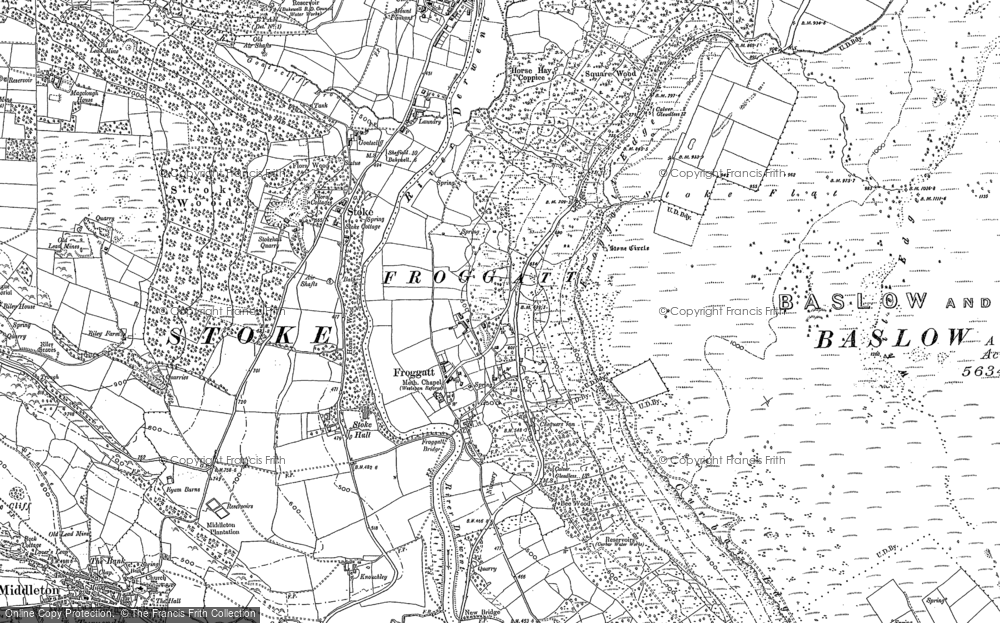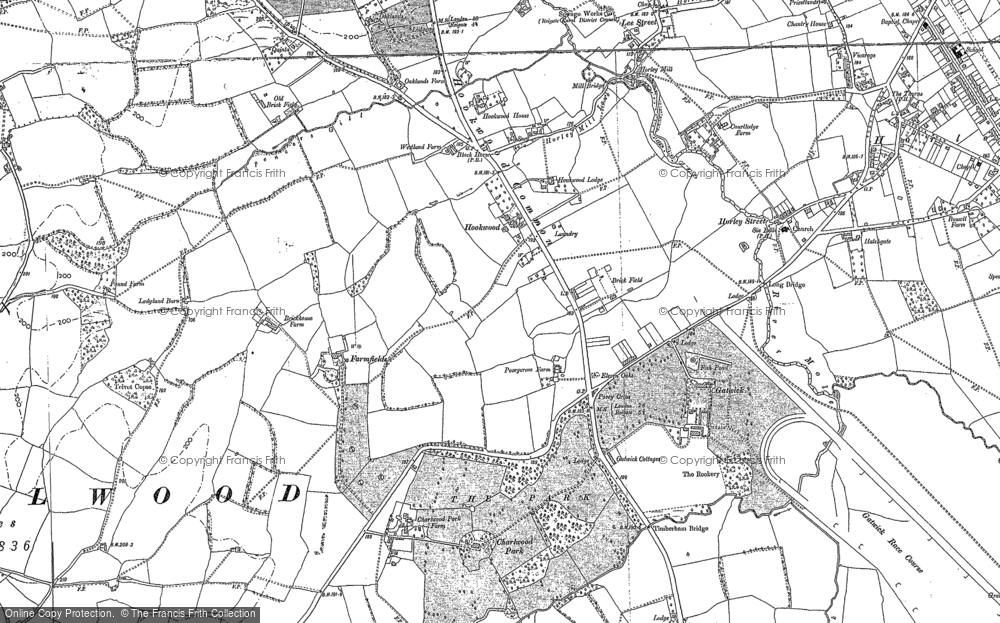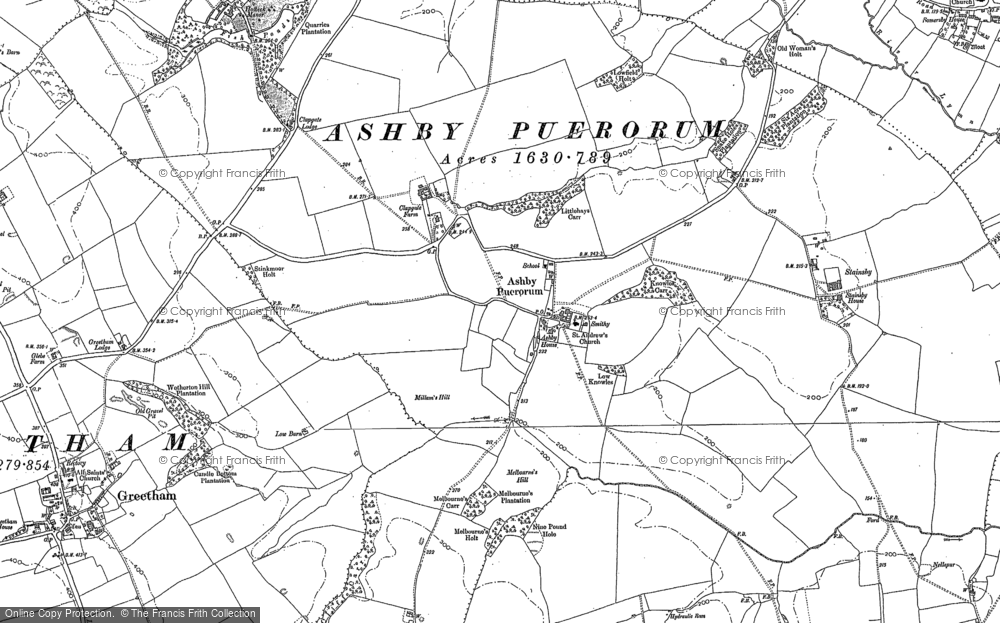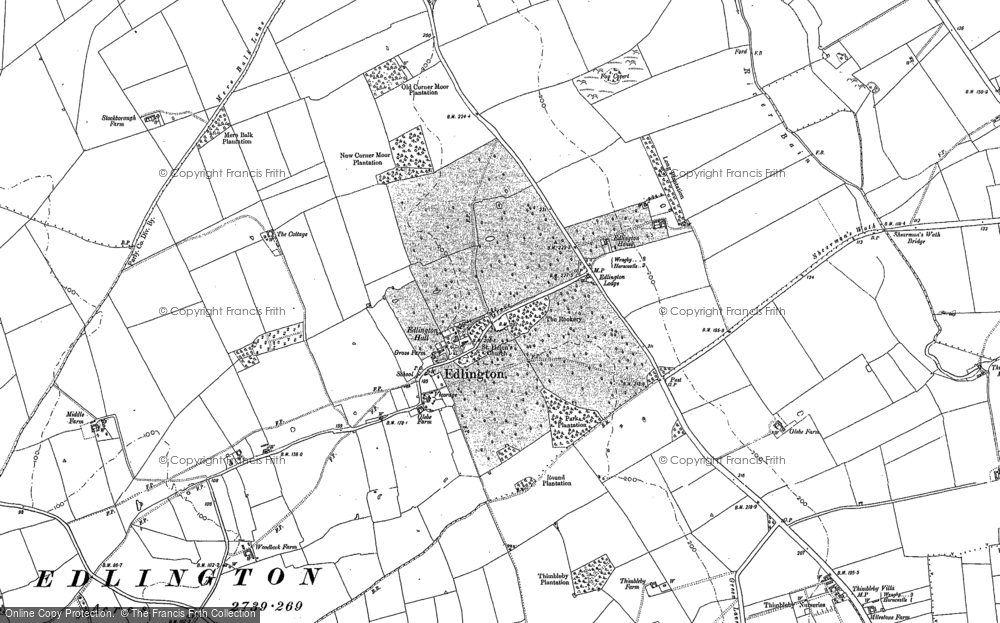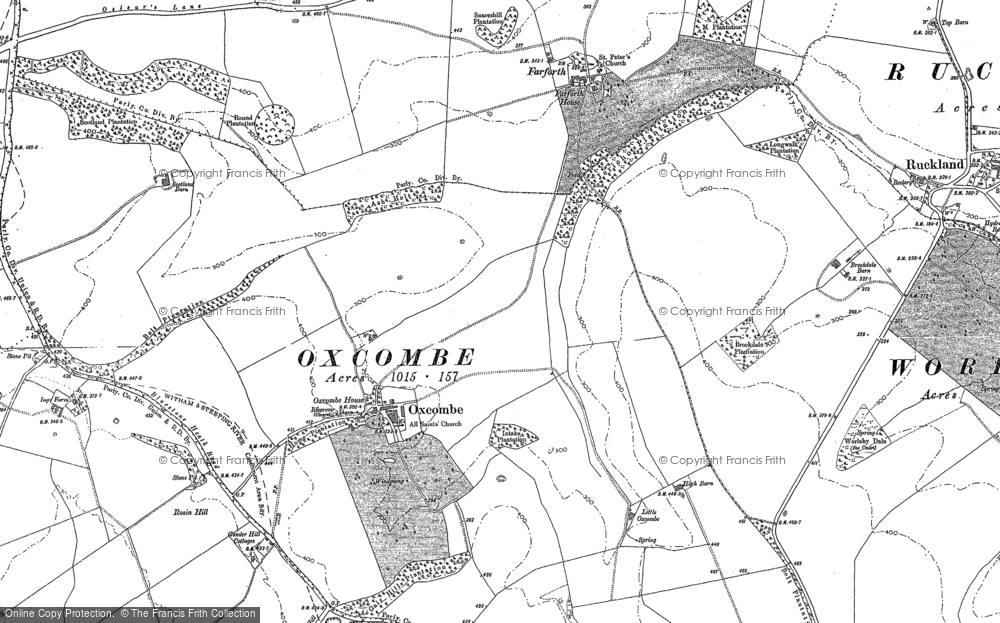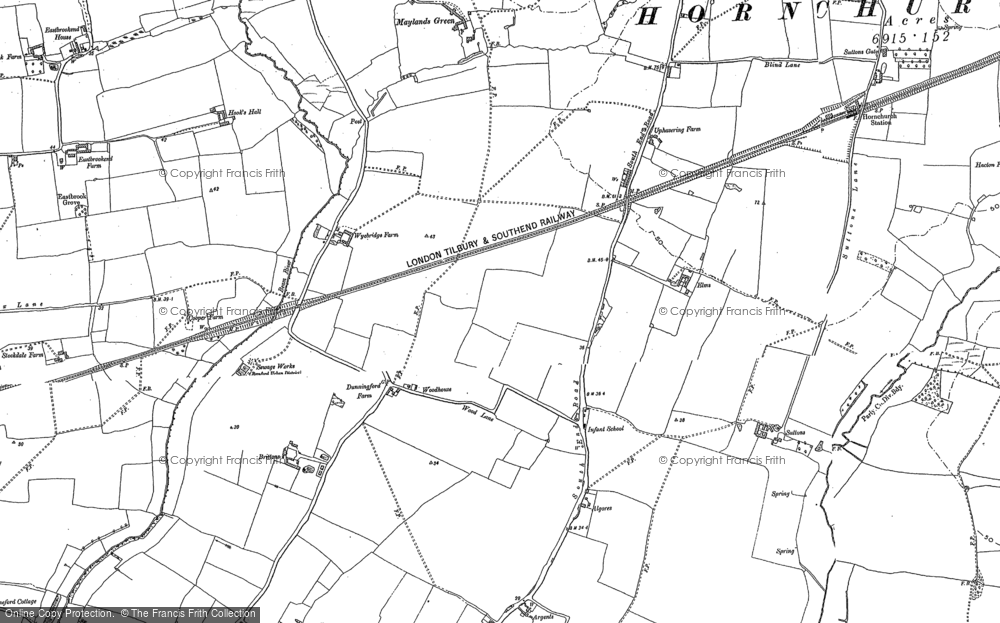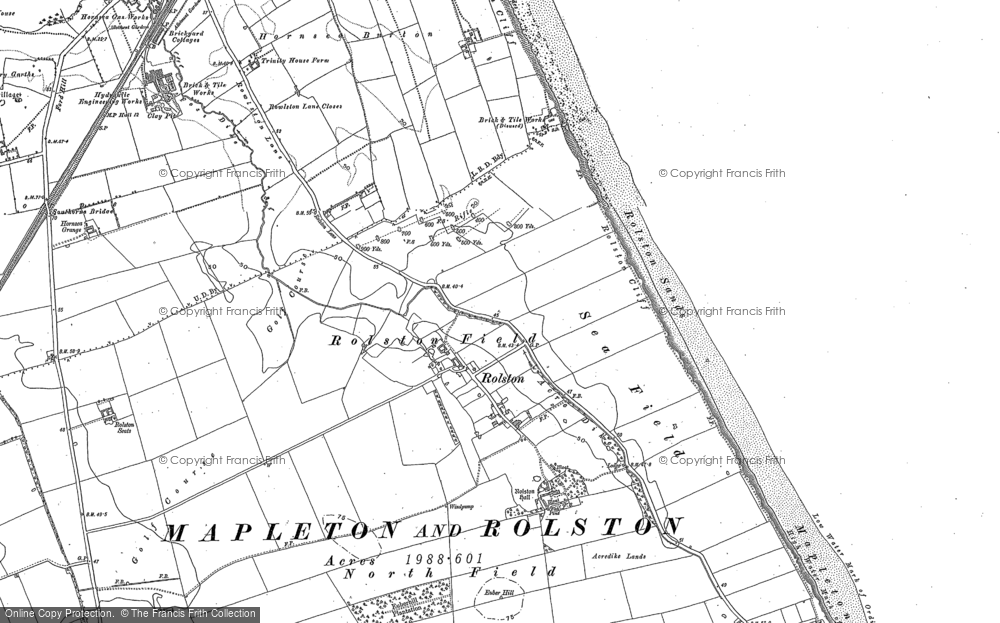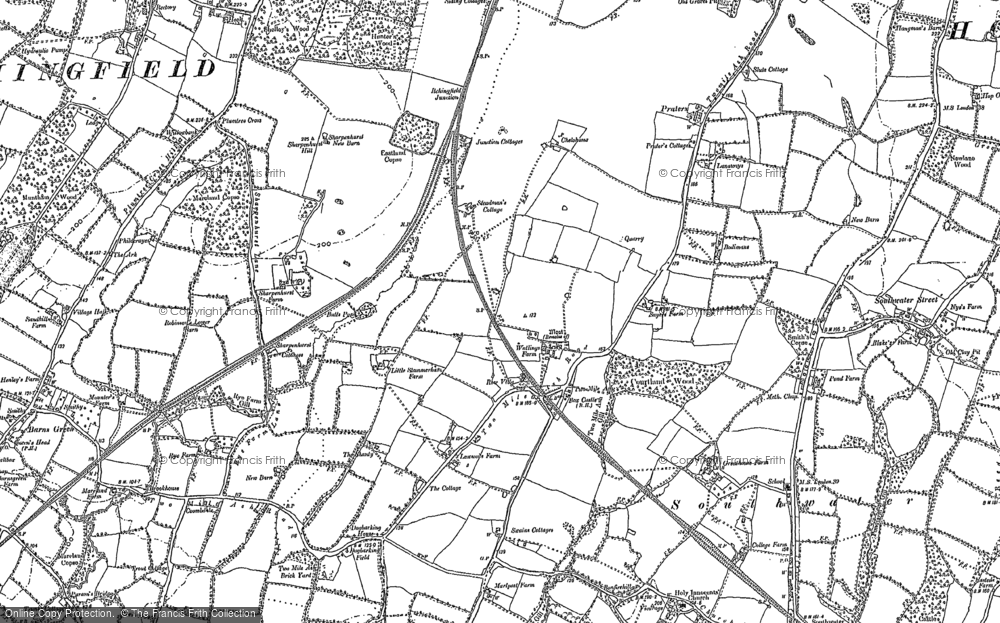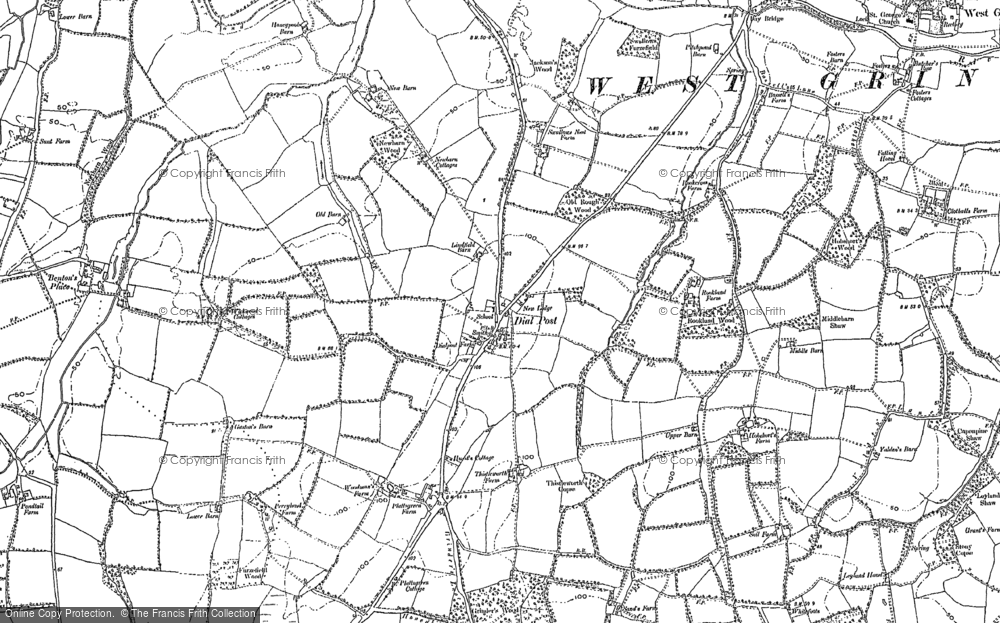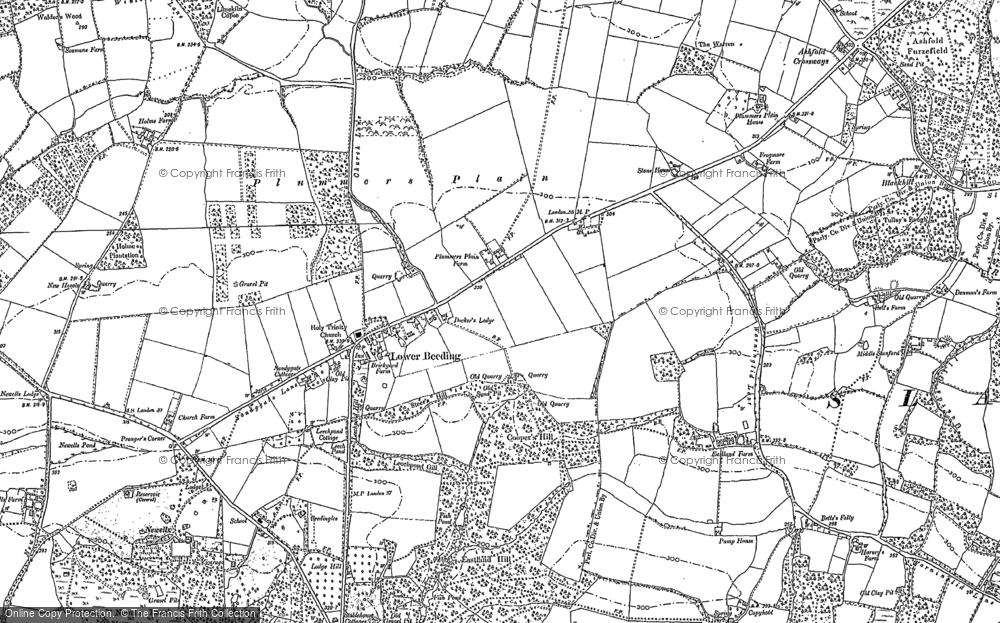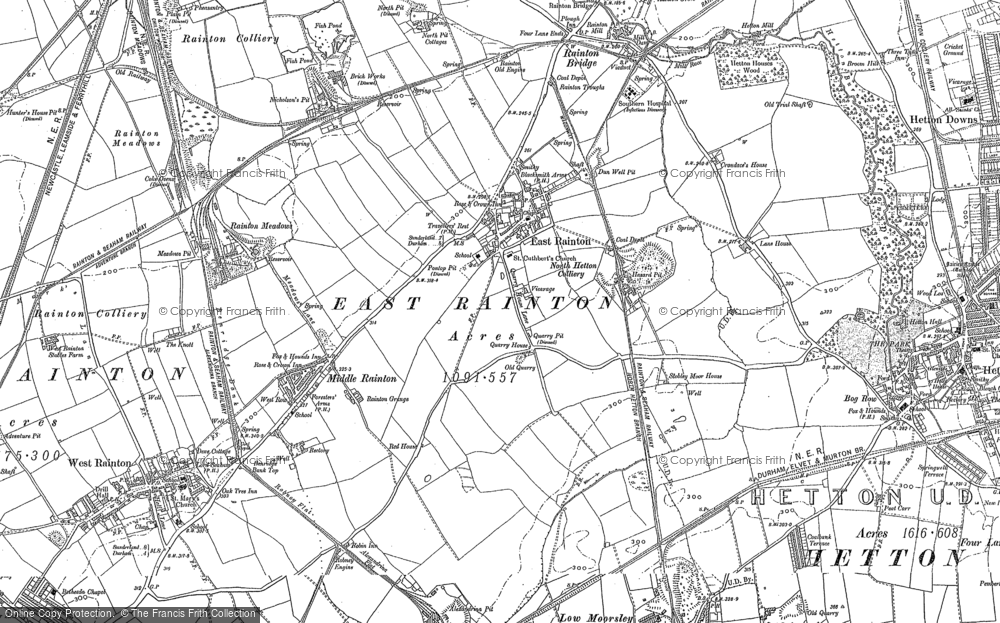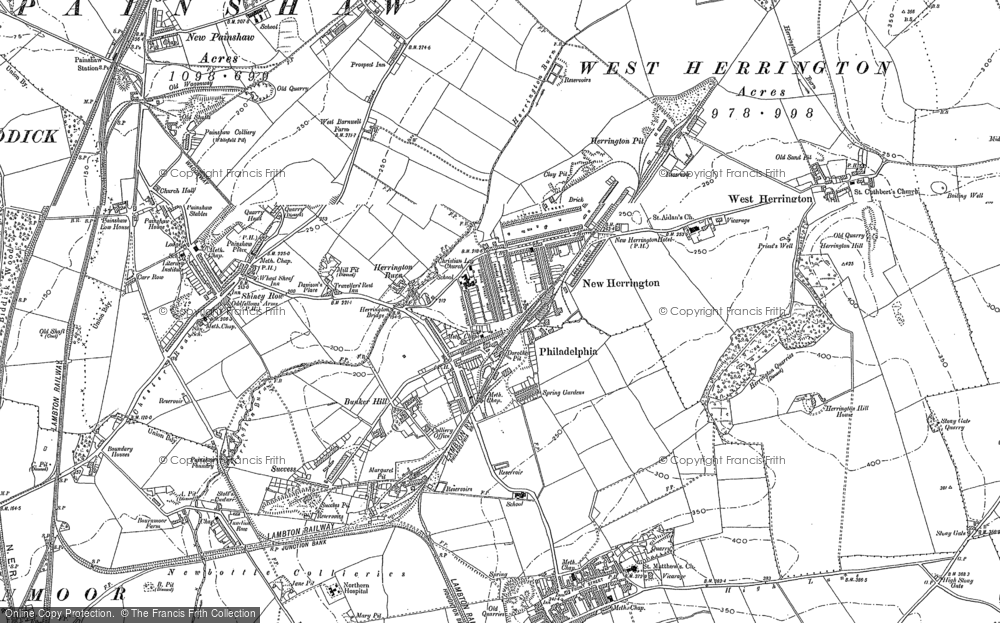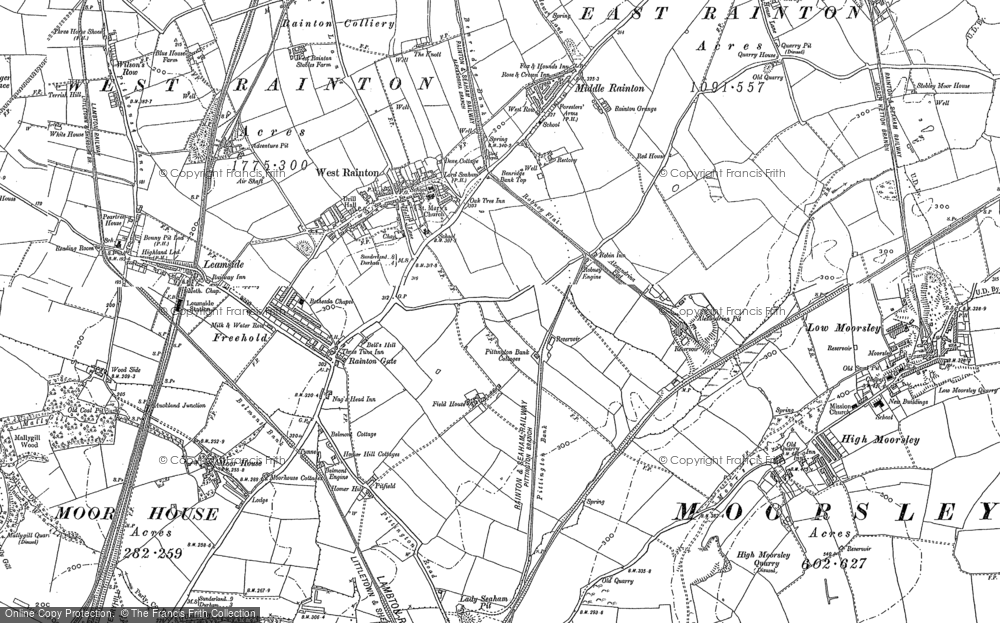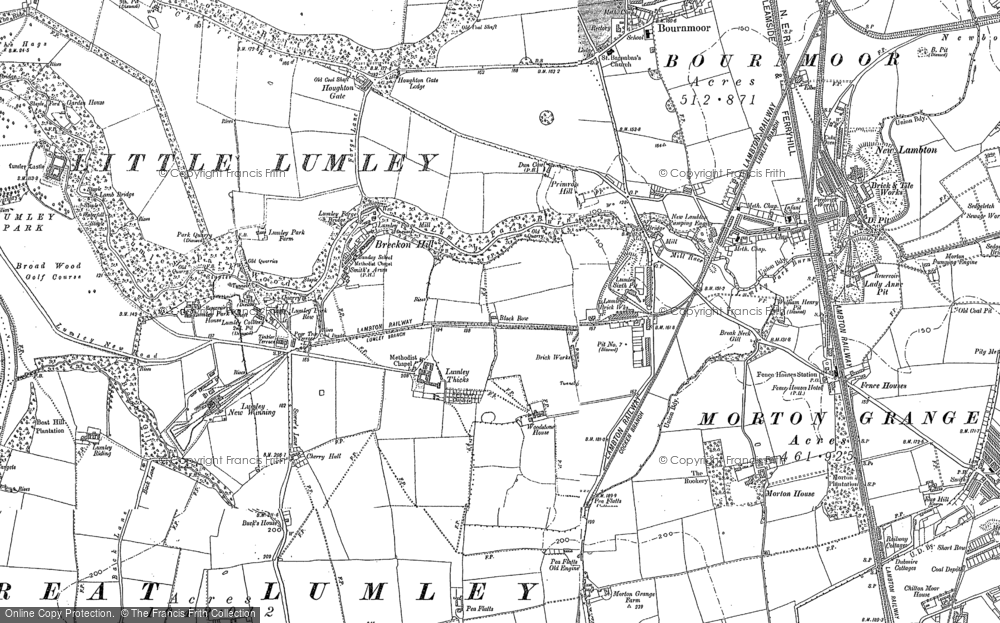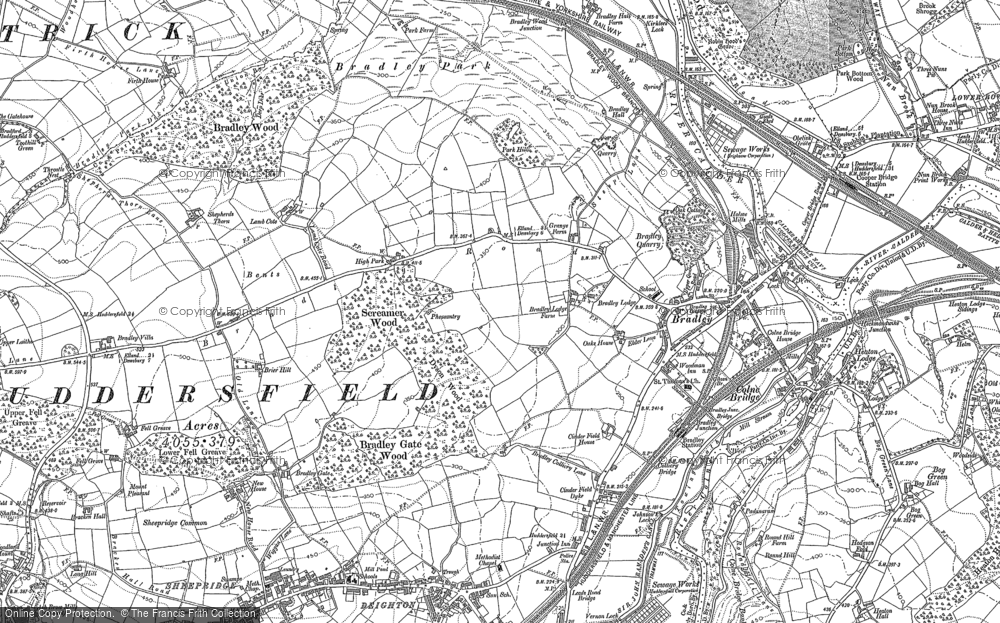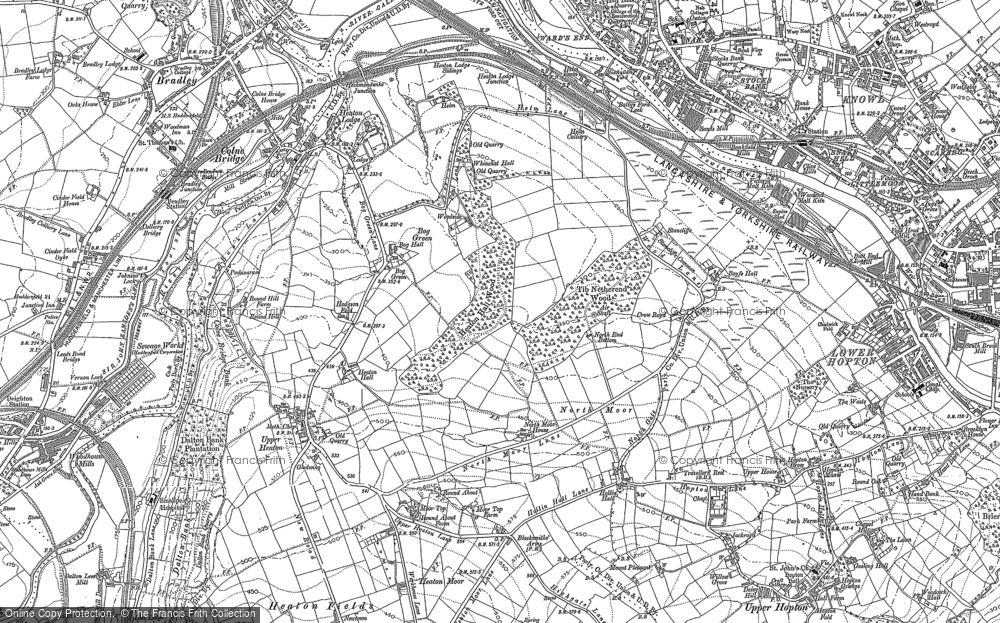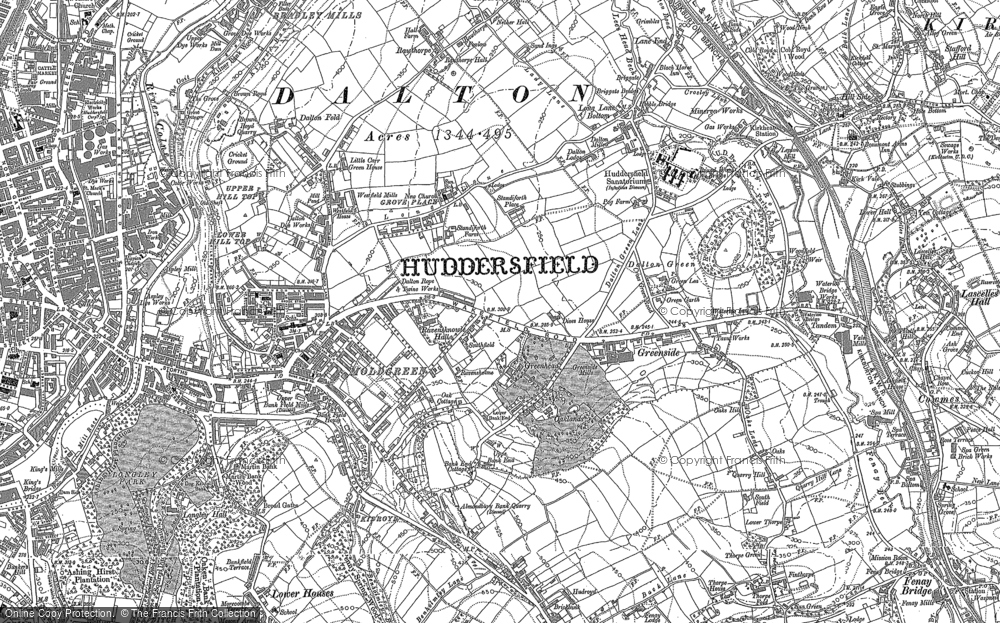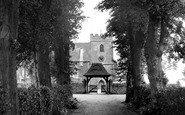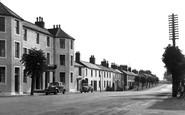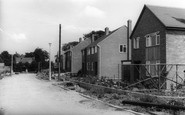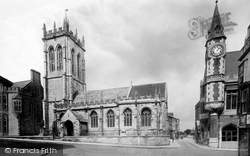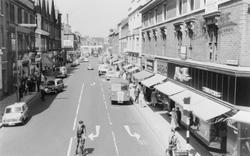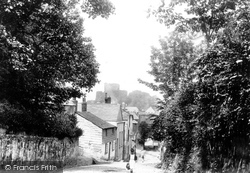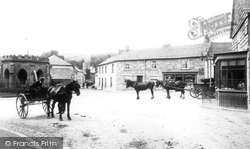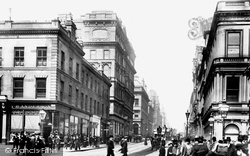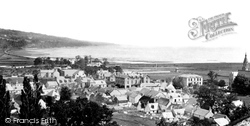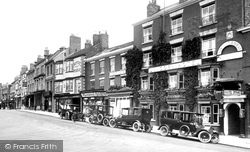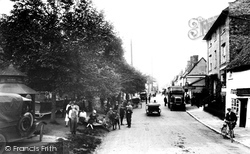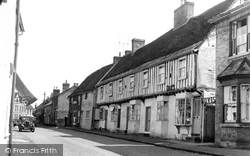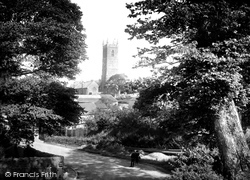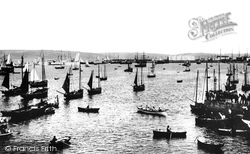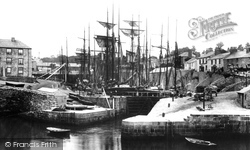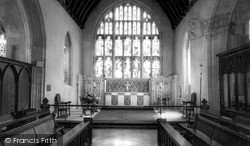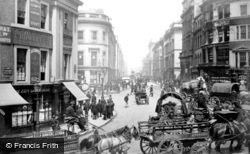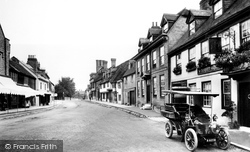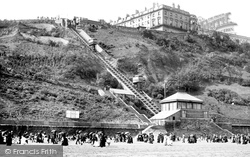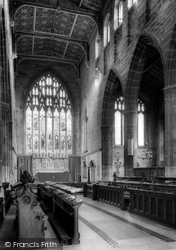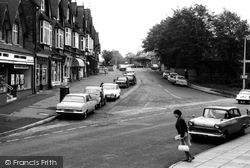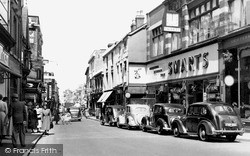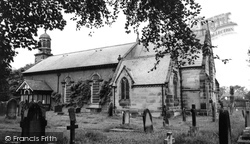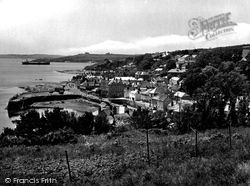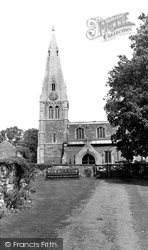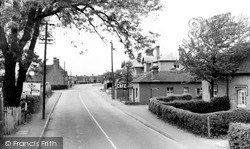Places
36 places found.
Those places high-lighted have photos. All locations may have maps, books and memories.
- Shanklin, Isle of Wight
- Ventnor, Isle of Wight
- Ryde, Isle of Wight
- Cowes, Isle of Wight
- Sandown, Isle of Wight
- Port of Ness, Western Isles
- London, Greater London
- Cambridge, Cambridgeshire
- Dublin, Republic of Ireland
- Killarney, Republic of Ireland
- Douglas, Isle of Man
- Plymouth, Devon
- Newport, Isle of Wight
- Southwold, Suffolk
- Bristol, Avon
- Lowestoft, Suffolk
- Cromer, Norfolk
- Edinburgh, Lothian
- Maldon, Essex
- Clacton-On-Sea, Essex
- Norwich, Norfolk
- Felixstowe, Suffolk
- Hitchin, Hertfordshire
- Stevenage, Hertfordshire
- Colchester, Essex
- Nottingham, Nottinghamshire
- Bedford, Bedfordshire
- Bury St Edmunds, Suffolk
- Aldeburgh, Suffolk
- St Albans, Hertfordshire
- Hunstanton, Norfolk
- Chelmsford, Essex
- Bishop's Stortford, Hertfordshire
- Peterborough, Cambridgeshire
- Brentwood, Essex
- Glengarriff, Republic of Ireland
Photos
11,144 photos found. Showing results 14,401 to 11,144.
Maps
181,031 maps found.
Books
442 books found. Showing results 17,281 to 17,304.
Memories
29,040 memories found. Showing results 7,201 to 7,210.
Newchurch
I lived at on Staghills Road (my maiden name was Taylor) and I went to Newchurch C of E School until 1958. I remember Mrs Roberts and Mrs Barlow, the teachers in the top 2 classes. My favourite time at school was when we were ...Read more
A memory of Newchurch in 1960 by
Life In The Country
I was stationed in the USAF at RAF Lakenheath. I resided at Church View, Church Road with my wife, 3 daughters, and our 3 Shelties. My oldest daughter Cindy learned to ring bells at the church and was sweet on a local boy, Robert ...Read more
A memory of Hilgay in 1973 by
Mitchelmores Gardens Duddleston Road Black Lion Lane
I have noticed one or two comments with regard to 'Mitchelmores Gardens' in Duddleston Road/Black Lion Lane. I think that the writers are perhaps a little confused. Mr Mitchelmore was an ...Read more
A memory of Little Sutton by
Staxton
My grandma (Whinnie) and father grew up here, and owned Staxton Garage for a while (Mike Hearing). I spent the most enjoyable childhood there. It makes me smile thinking of all of the older people, always smiling and telling a good yarn ...Read more
A memory of Staxton in 1977 by
National Oil Refinery
I started work at the laboratory in the Llandarcy Oil Refinery in 1942 for the great weekly wage of one pound, one shilling and ninepence, when I was 16. Mostly women worked in the lab but once the war was over the company ...Read more
A memory of Llandarcy in 1942
Longtown High Street
My great-great grandfather was George 'Dood' McKie and he lived in a house about six doors beyond the Graham Arms Hotel which is shown in the Francis Frith photo number L203002. He was one of those Longtown characters who are ...Read more
A memory of Longtown in 1880 by
My Pop
My pop's father was the Percuil ferryman for the St Mawes Steam Ship Co. My pop was the youngest ferryman taking people from Percuil to the ferry. He was in the local paper in the early 1900s for being the youngest ferryman in Cornwall. ...Read more
A memory of Percuil in 1910 by
My Childhood Home
My parents bought the nearest semi to the detached house in Grovemount when it had just been built, I believe they paid in the region of £2000 for it. I was born in 1966 and this was my home until 1987, my parents are still there ...Read more
A memory of Davenham by
White Horse Cottages
Just wondered if anyone could help me please. We live in Old Harlow and have recently been looking into the history of Harlow and where we live. We were wondering if anyone has any memories or photos, or just any information at ...Read more
A memory of Harlow by
The Past
My aunt and uncle used to own the Langdales Hotel, Mr and Mrs Bob Smith, until 1957. The hotel is now called the Wainright. All holidays I stopped there with my mum and dad. There were busses called Mallinsons from Windermere ...Read more
A memory of Dungeon Ghyll Force in 1956 by
Your search returned a large number of results. Please try to refine your search further.
Captions
29,395 captions found. Showing results 17,281 to 17,304.
In this later view, we can see the memorial cross to the parish members who died in World War I in front of the second window from the right.
The railway came to Burton in 1839 with the opening of the Birmingham & Derby Junction.
Race Hill was once the main road into Launceston from the south; it leads down to the South Gate, which is the last remnant of the old town walls.
This broad junction is now occupied by a mini-roundabout, but in 1911 it appears that nobody was too bothered about which side of the unmade road traffic chose to use.
This broad junction is now occupied by a mini-roundabout, but in 1911 it appears that nobody was too bothered about which side of the unmade road traffic chose to use.
A convoy of horse-trams trundles along the busy street. Within a year, electric street trams would be running, and the horse-trams phased out.
Dingwall stands on the Cromarty Firth. It was the home town of General Hector MacDonald (1853–1903), who enlisted in the 92nd Highlanders at the age of 17.
Every evening at 9pm, four blasts are sounded on a horn at the market cross.
It is towards the end of market day, an event which was revived in 1920. Pens for cattle and sheep can be glimpsed under the trees, and a large lorry waits to carry its four-footed cargo away.
Here we see some of the other superb buildings dating from the 15th and 17th centuries which escaped three fires in 1632, 1795 and 1850.
The conspicuous tower of St Margaret's has long been used as a landmark by mariners negotiating Bideford Bar at the entrance to the Torridge estuary.
Here we see a busy harbour scene, with fishing boats on the left and several sailing boats, along with a number of harbour tugs.
Charlestown was developed by Sir Charles Rashleigh at the beginning of the 19th century for exporting china clay and other minerals.
The stained glass of the east window dates from around the mid 19th century, along with the glass in the north chapel's east window, and that in the west window.
This photograph shows the Cannon Street end of King William Street, which heads south-east from the Mansion House towards London Bridge.
The town, now mercifully by-passed, has a remarkably complete High Street, considering the volume of traffic that used to choke it en route to the coast.
The tramway offered holiday-makers an alternative means of escape from the beach to the Esplanade, other than by the 224 steps cutting through the Spa Gardens, and all for just 1d.
A church was recorded on this site around 1113, but the oldest part of the present building dates from about 1260.
The railway station at the back of this picture is the reason for Dorridge's existence. Until the London to Birmingham railway was built in 1852, there was no Dorridge.
Smarts occupies part of a block known as Bordeaux House, so named because when it was built in 1894 it was the home of a wine importer, Rutlands.
Some of the stones were salvaged and used in the construction of St Peter's. Also saved was a bell dated 1661 and a sundial. The bell turret, Gothic chancel and side chapel were added in 1873.
Looking directly westwards from St Mawes, it is possible to have an uninterrupted view of marine traffic approaching Falmouth, which has been a centre of commerce for centuries.
On the east side of the village, overlooking the Welland Valley, the church for the most part dates from the 13th and 14th centuries, including the tower and its broach spire.
The cafe is not overburdened with custom, and the road to the zoo, about two miles further on, awaits a surge of traffic, as does the Curzon Arms, at the road junction.
Places (6814)
Photos (11144)
Memories (29040)
Books (442)
Maps (181031)


